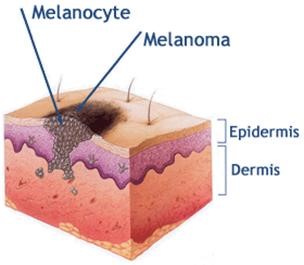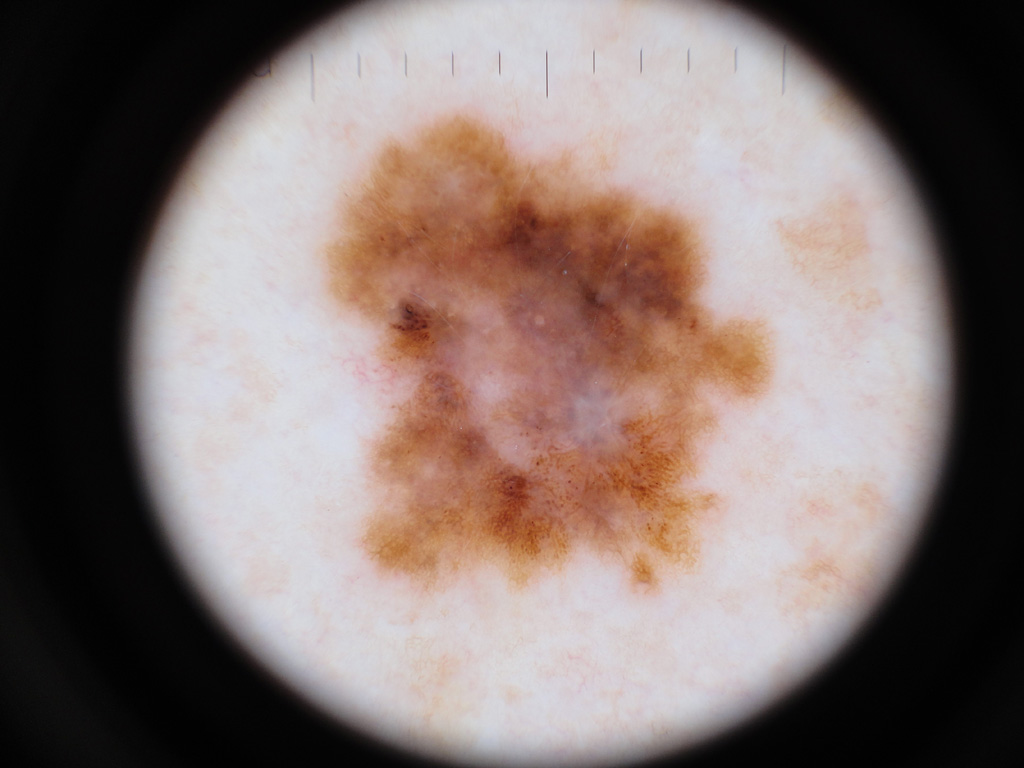What Is Skin Cancer?
Skin cancer is an unusual growth of abnormal cells in the skin. It occurs when normal skin cells are damaged, for example, by cumulative exposure to ultraviolet radiation (UV) causing sunburn. Most skin-cancers in NZ are caused by exposure to UV radiation from the sun, although using sun-beds also carries with it a high-risk of skin cancer. About 2% of skin cancers (including melanoma) occur where there has been no sun exposure. Therefore, you must see your skin doctor if you are worried about a new or changing spot/mole even if it is in an area that has never been sunburnt (or never sees the sun).
There are three main types of skin cancer:
- Basal Cell Carcinoma (BCC)
- Squamous Cell Carcinoma (SCC)
- Melanoma


